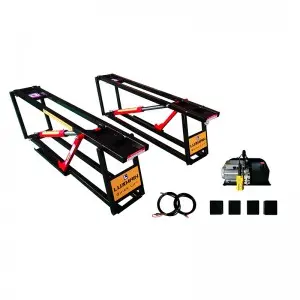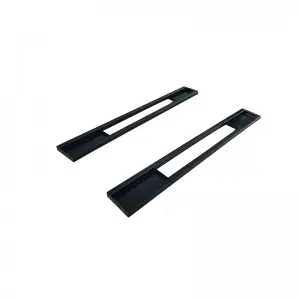****
The cylinder is one of the most fundamental geometric shapes found in mathematics and the natural world. Defined as a three-dimensional solid with two parallel circular bases connected by a curved surface at a fixed distance from the center, cylinders are not just abstract concepts; they hold immense practical significance in various fields, including engineering, architecture, and even in our daily lives. Understanding the properties and applications of cylinders can lead to greater innovations and efficiency in numerous domains.
Properties of a Cylinder
A cylinder is characterized by its dimensions: its height (h), the radius of its base (r), and its volume (V) and surface area (A). The volume of a cylinder is calculated using the formula:
\[ V = \pi r^2 h \]
where \(\pi\) (approximately 3.14159) is a mathematical constant representing the ratio of a circle’s circumference to its diameter. The surface area of a cylinder, which includes both circular bases and the curved surface, is determined with the formula:
\[ A = 2\pi r(h + r) \]
These mathematical principles not only highlight the inherent properties of cylinders but also facilitate their analysis and application in real-world scenarios.
Applications of Cylinders
1. **Engineering and Manufacturing**: In engineering, cylinders are fundamental shapes used in the design and construction of various components, including pipes, tanks, and engines. The ability of a cylinder to withstand high pressures makes it ideal for use in applications ranging from hydraulic systems to pressure vessels. For instance, cylindrical tanks are extensively utilized in the storage of liquids and gases, leveraging their structural integrity and efficient use of space.

Exploring the Unique Properties and Applications of the Cylinder Shape in Science, Engineering, and Everyday Life
2. **Architecture and Construction**: Architects often incorporate cylindrical designs into buildings for aesthetic and functional purposes. The cylinder’s ability to distribute weight evenly allows for the creation of open spaces without the need for excessive support beams. Famous architectural wonders like the rotundas and domes prominently feature cylindrical structures, showcasing the elegance and stability offered by this form.
3. **Everyday Examples**: Cylinders are prevalent in everyday objects that most people encounter without noticing their geometric significance. Common items like soda cans, batteries, and pipes are all cylindrical. The cylindrical shape promotes efficient manufacturing processes, allowing for the effective stacking and transport of these products. Additionally, the design facilitates easy handling and use, as the round shape fits comfortably in the hand.
4. **Energy Generation**: In renewable energy, cylindrical shapes play a crucial role. Wind turbines, for instance, often feature cylindrical towers that support rotor blades. Their design maximizes height and stability, capturing the wind energy needed for conversion to power. Similarly, cylindrical solar collectors are employed to increase surface area for sunlight absorption, improving the efficiency of energy generation systems.
5. **Mathematics and Physics**: The study of cylinders extends to advanced mathematics and physics principles. In calculus, students often examine the cylinder’s properties through integration. Concepts such as moment of inertia and center of mass are explored using cylindrical coordinates, emphasizing the versatility of the cylinder in scientific analysis.
Conclusion

Exploring the Unique Properties and Applications of the Cylinder Shape in Science, Engineering, and Everyday Life

Exploring the Unique Properties and Applications of the Cylinder Shape in Science, Engineering, and Everyday Life
From engineering to everyday objects, the cylinder plays an integral role in shaping our environment and facilitating our daily activities. Its geometric properties make it a prime candidate for efficient structures and designs, while mathematicians and scientists continue to investigate its qualities for further advancements. As we delve deeper into the applications of the cylinder, it becomes evident that this seemingly simple geometric shape is foundational to various industries and disciplines. Embracing the cylinder’s unique benefits can lead to innovative solutions, whether in construction, energy, or product design, illustrating that there is always more to discover in the shapes that surround us.ac series



